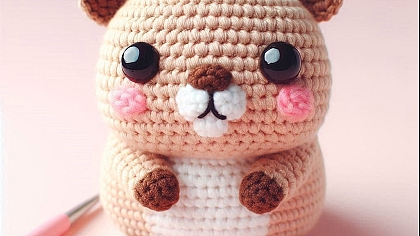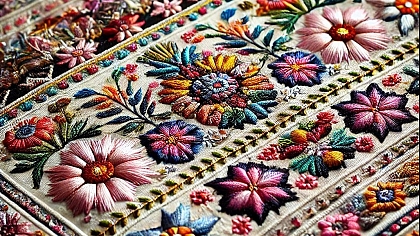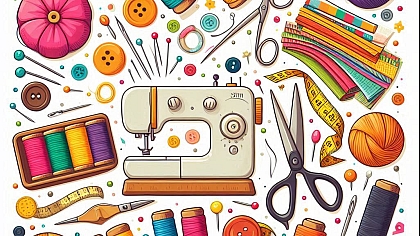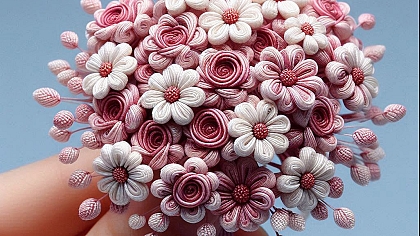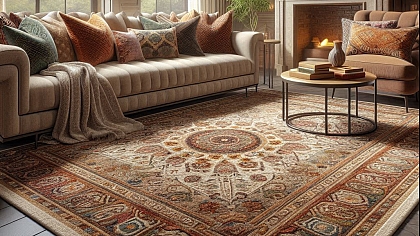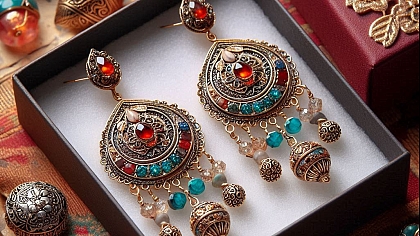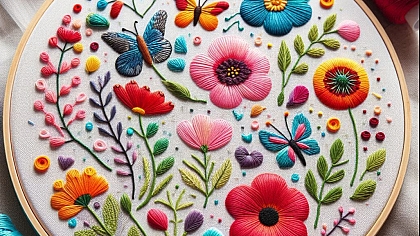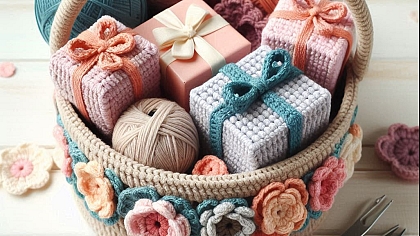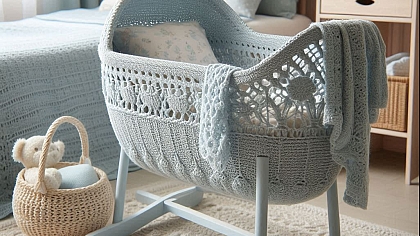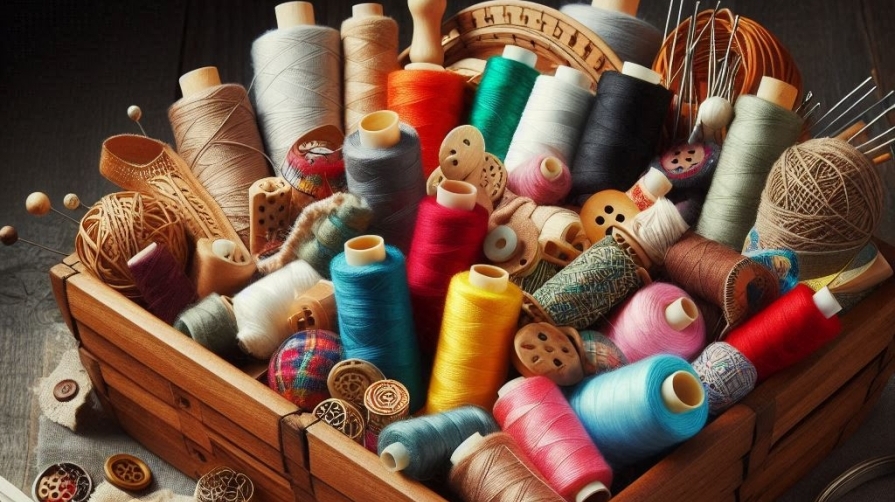
10 Essential Sewing Tools Every Sewer Needs
Sewing is a timeless craft that allows for the creation of beautiful garments, accessories, and home decor items. Whether you are a novice or an experienced sewer, having the right tools is crucial for achieving professional results. Here are the ten essential sewing tools every sewer needs to build a well-equipped sewing kit and take their projects to the next level.
Sewing Machine
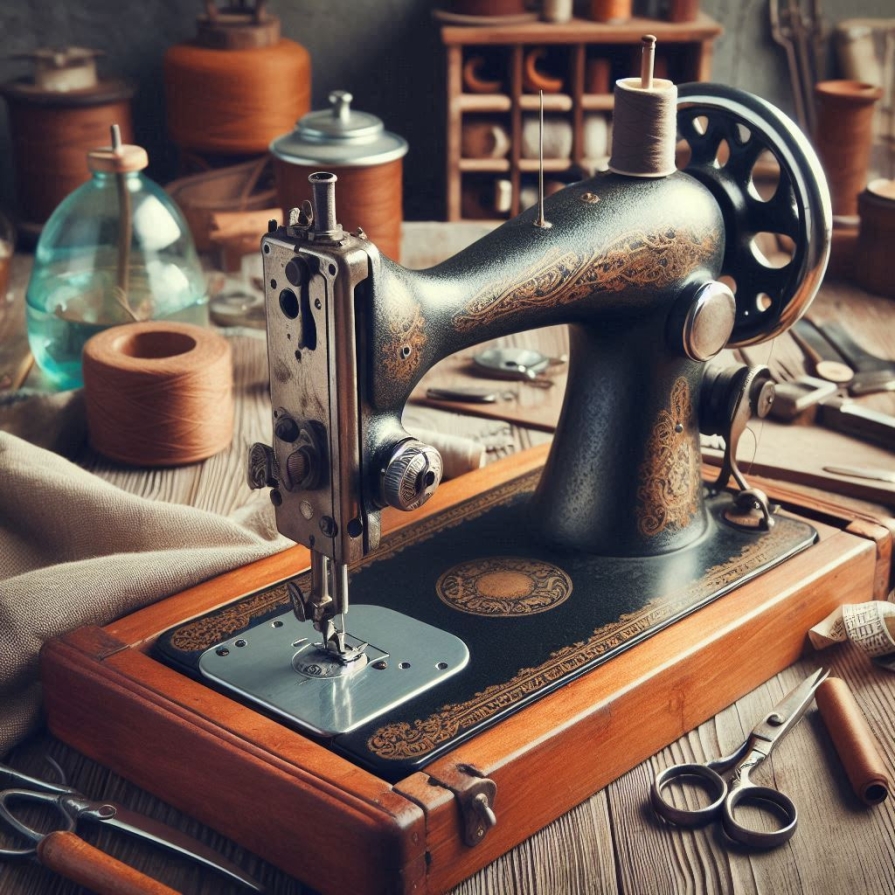
Investing in Quality
A sewing machine is the backbone of any sewing toolkit. Investing in a quality sewing machine will save you time and effort, allowing you to tackle a variety of projects with ease. When selecting a machine, consider the types of projects you plan to undertake. For beginners, a basic model with essential stitches is sufficient. However, as your skills progress, you may find the need for a more advanced machine that offers additional features such as automatic buttonholes, embroidery options, and a variety of stitch patterns. A well-maintained sewing machine can last for years, so it's worth spending a bit more for a reliable model.
Maintenance and Care
Proper maintenance of your sewing machine is essential to ensure its longevity and optimal performance. Regular cleaning, oiling, and servicing will keep your machine running smoothly. It's also important to use the correct needles and threads for your projects to avoid damaging your machine. Refer to your machine's manual for specific maintenance instructions and troubleshooting tips.
Fabric Shears
The Importance of Sharpness
A good pair of fabric shears is indispensable for any sewer. Unlike regular scissors, fabric shears are designed specifically for cutting fabric and should never be used on paper or other materials. The sharpness of the blades is crucial for making clean, precise cuts, which is essential for achieving professional-looking seams and hems. Dull shears can cause fraying and uneven edges, making your sewing projects more challenging and less polished.
Choosing the Right Shears
When selecting fabric shears, look for a pair that feels comfortable in your hand and has a good balance. High-quality shears are often made from stainless steel and feature ergonomic handles to reduce hand fatigue during extended cutting sessions. Some popular brands include Gingher, Fiskars, and Kai. It's also a good idea to invest in a pair of pinking shears, which have a zigzag edge and are used to prevent fabric from fraying.
Rotary Cutter and Mat
Speed and Precision
A rotary cutter is an essential tool for any sewer who works with large pieces of fabric. This tool, which features a circular blade, allows you to cut through multiple layers of fabric quickly and accurately. When paired with a self-healing cutting mat, a rotary cutter can significantly speed up the cutting process and improve the precision of your cuts.
Safety First
Rotary cutters are extremely sharp, so it's important to handle them with care. Always use a cutting mat to protect your work surface and to prolong the life of your blade. Some rotary cutters come with a safety lock to prevent accidental cuts when not in use. Additionally, it's essential to replace the blade regularly to maintain sharpness and ensure clean cuts.
Measuring Tools
Accuracy is Key
Accurate measurements are the foundation of successful sewing projects. Several measuring tools are essential for any sewer, including a tape measure, a clear ruler, and a seam gauge. A tape measure is flexible and can be used to take body measurements and measure curved edges. A clear ruler, often 6 inches long, is ideal for measuring and marking straight lines and angles. A seam gauge is a small ruler with a sliding marker, perfect for measuring seam allowances, hems, and other small distances.
Tips for Precision
To ensure accurate measurements, always lay your fabric on a flat surface and avoid stretching it while measuring. It's also a good practice to double-check your measurements before cutting to avoid costly mistakes. Using a dressmaker's dummy or mannequin can also help with taking precise body measurements and fitting garments.
Seam Ripper
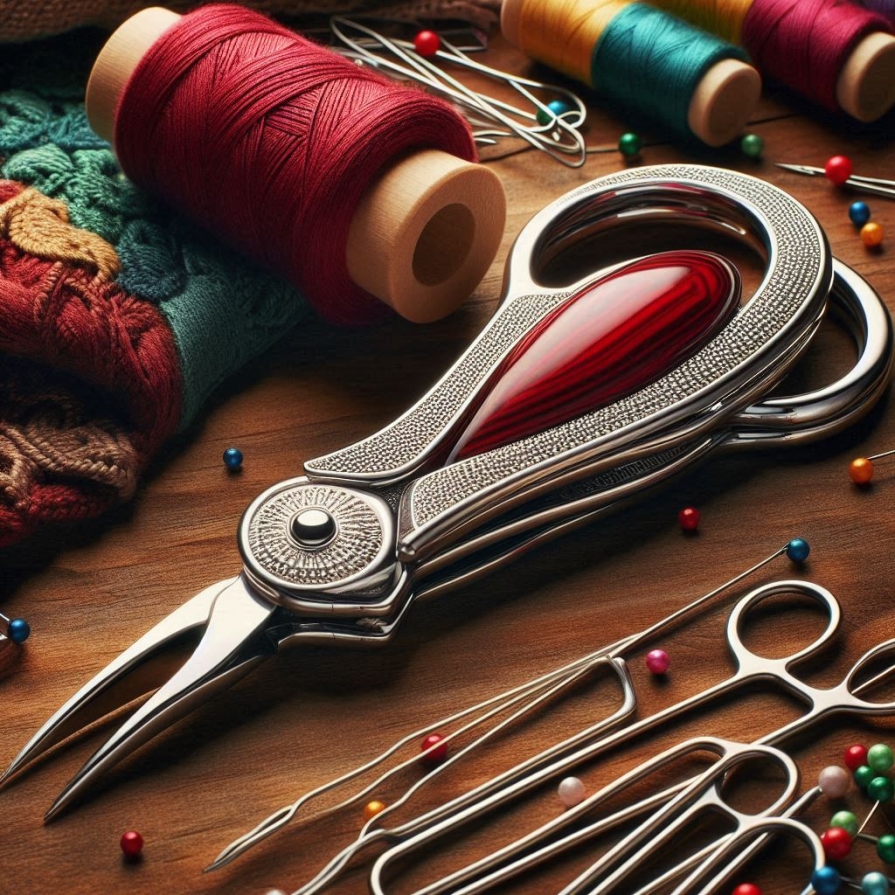
A Sewer's Best Friend
Even the most experienced sewers make mistakes, and a seam ripper is an invaluable tool for undoing stitches. This small, pointed tool has a sharp blade that easily cuts through threads without damaging the fabric. Whether you've sewn a seam crookedly, need to remove basting stitches, or want to take apart a garment for alterations, a seam ripper is your go-to tool.
Proper Use
To use a seam ripper, carefully insert the pointed end under the stitches you want to remove and gently pull upward to cut the threads. Be mindful not to rip through the fabric, especially delicate materials. For long seams, you can cut every few stitches and then gently pull the thread out by hand.
Pins and Pin Cushion
Holding it All Together
Pins are essential for holding fabric pieces together before sewing. They ensure that your fabric stays in place and that your seams are accurate. There are various types of pins available, including dressmaker pins, quilting pins, and ballpoint pins, each suited for different fabrics and purposes. A magnetic pin cushion or a traditional fabric-filled pin cushion is a handy accessory for keeping your pins organized and within reach.
Pinning Techniques
When pinning fabric, place the pins perpendicular to the edge of the fabric with the heads sticking out. This makes it easier to remove the pins as you sew. For delicate fabrics, use fine pins to avoid leaving holes. It's also helpful to use glass-head pins, which won't melt under the heat of an iron.
Marking Tools
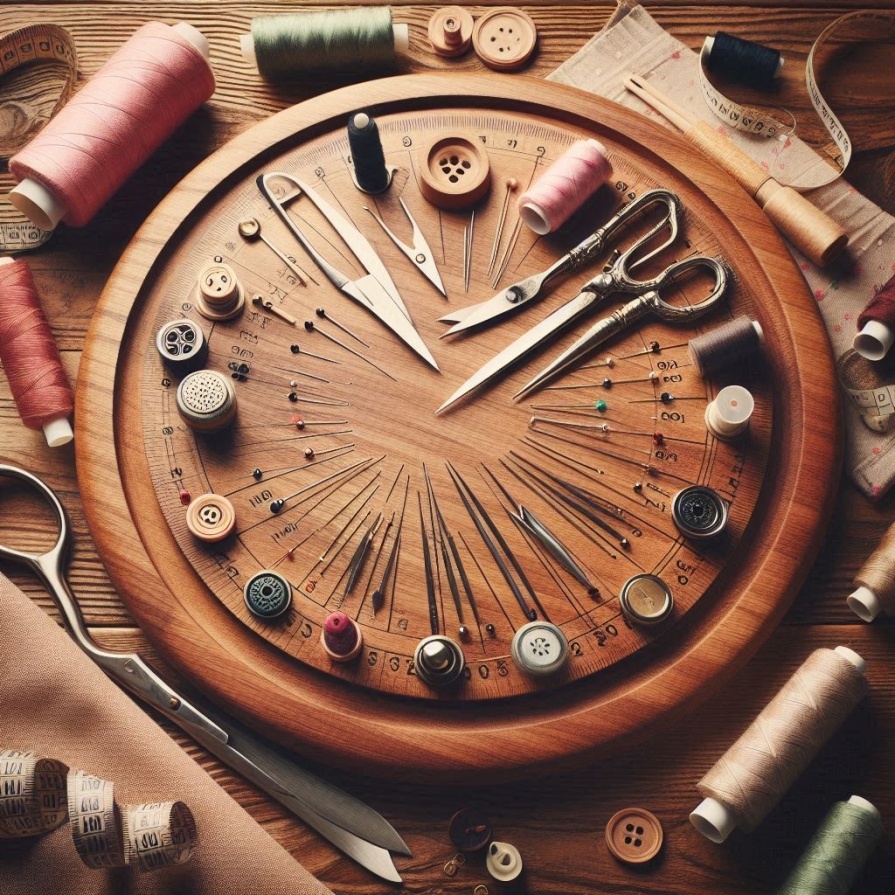
Making Your Mark
Marking tools are essential for transferring pattern markings, seam lines, and other important information onto your fabric. Tailor's chalk, fabric markers, and tracing wheels are popular options. Tailor's chalk comes in various colors and can be easily brushed off or washed out. Fabric markers are available in both air-soluble and water-soluble varieties, allowing you to choose the best option for your project. Tracing wheels and dressmaker's carbon paper are useful for transferring markings from patterns to fabric.
Choosing the Right Tool
The type of marking tool you choose depends on the fabric you're working with and the nature of your project. For dark fabrics, use a white or light-colored marking tool, while for light fabrics, a dark-colored tool is best. Always test the marking tool on a scrap piece of fabric to ensure it can be easily removed and won't damage your material.
Iron and Ironing Board
Pressing for Perfection
Pressing your fabric and seams is a crucial step in the sewing process that often gets overlooked. An iron and ironing board are essential tools for achieving professional-looking results. Pressing helps to set seams, remove wrinkles, and shape garments, making your sewing projects look crisp and polished.
Tips for Effective Pressing
When pressing, use a pressing cloth to protect delicate fabrics from direct heat and prevent shine marks. Always set your iron to the appropriate temperature for the fabric you're working with. For best results, press seams as you sew rather than waiting until the end of your project. This ensures that each seam is properly set and reduces the risk of puckering.
Needles and Threads
The Right Needle for the Job
Using the correct needle and thread for your project is essential for achieving professional results. Sewing machine needles come in various sizes and types, including universal, ballpoint, and sharp needles. Universal needles are suitable for most fabrics, while ballpoint needles are designed for knits and stretch fabrics. Sharp needles are ideal for delicate fabrics like silk and chiffon. Hand-sewing needles are also available in different sizes and types for various tasks.
Quality Matters
High-quality thread is just as important as the right needle. Cheap thread can break easily and cause frustration during sewing. Look for brands like Gutermann and Coats & Clark, which offer strong, smooth threads that glide easily through fabric. Match the thread type and color to your fabric for a seamless finish.
Sewing Machine Feet
Versatility and Functionality
Sewing machine feet are attachments that allow you to perform specific tasks with ease and precision. The standard presser foot that comes with your machine is suitable for most projects, but there are many specialty feet available that can make certain tasks easier. A zipper foot, for example, allows you to sew close to zipper teeth, while a buttonhole foot helps you create perfectly sized buttonholes.
Expanding Your Collection
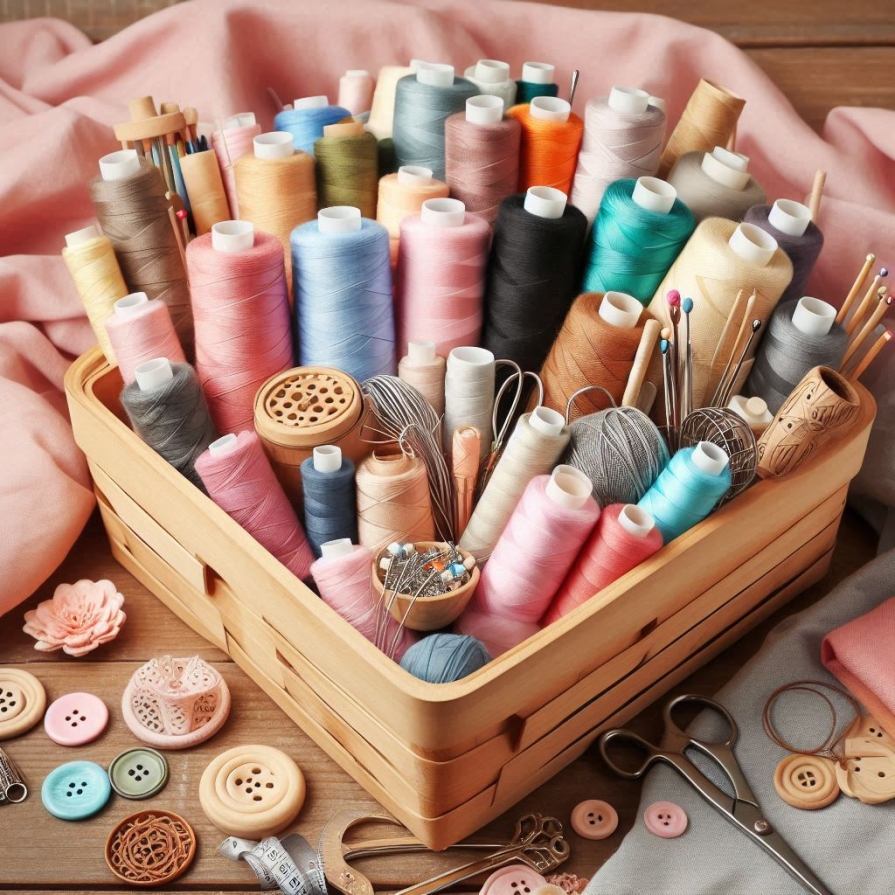
As you gain more experience, you may want to expand your collection of sewing machine feet to include options like a walking foot for quilting, a blind hem foot for invisible hems, and a rolled hem foot for narrow, rolled hems. These attachments can greatly enhance your sewing capabilities and allow you to tackle more complex projects with confidence.
Equipping yourself with these essential sewing tools will set you on the path to successful sewing projects. Each tool plays a crucial role in ensuring precision, efficiency, and professional results. As you become more experienced, you may find the need to add more specialized tools to your collection, but these basics will provide a solid foundation for all your sewing endeavors. Happy sewing!

